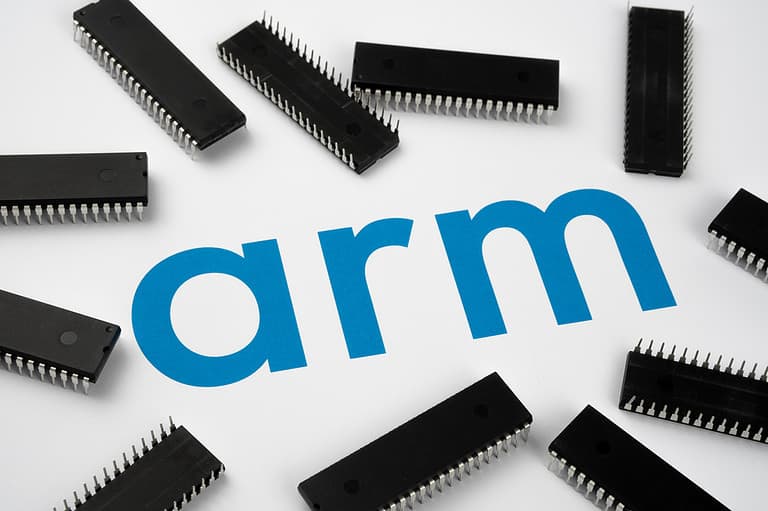Japan’s SoftBank wants Arm to go public in September. The company is hunting for a valuation of $60 billion to $70 billion (roughly 54-64 billion euros).
This is according to Bloomberg News, which reported earlier this year that the valuation would be between 30 and 70 billion. However, the AI hype on the stock market would have adjusted those expectations. That’s a somewhat simplistic representation since Arm is not exactly an alternative manufacturer to the likes of GPU giant Nvidia. On the contrary, as a chip designer, it collaborated with that company for such things as the Grace Hopper Superchip, a hugely powerful CPU-GPU combination for AI workloads.
Tip: Nvidia’s GH200 Superchip in production, already in use at Big Tech
SoftBank wanted to list Arm on the stock exchange last year, but “unfavourable market conditions” prevented that at the time.
Long path taken
SoftBank has been trying to sell Arm for a long time. For example, its proposed acquisition by Nvidia in 2021-22 failed, mainly because competition authorities balked at the impact it would have on the chip industry. Britain’s Arm is uniquely positioned in the hardware market because it makes money primarily from licensing chip designs.
It will not want to move away from that, but any move toward producing chips itself would compromise its relative neutrality and turn customers into competitors.
Despite the acquisition gone awry, Nvidia wants to be an “anchor investor” for Arm, something that seems to increase the company’s value ahead of time , according to Financial Times. That outlet suggest that the potential valuation is higher than the company may deserve. Time will tell.
Also read: ‘Nvidia to invest heavily in Arm despite failed acquisition’
Partners, partners, partners
Arm, by the way, can still count on a wide range of partners. For example, it collaborates with Microsoft for Windows 11 on Arm, may produce its own chips in Intel factories and has partnerships for cloud services such as AWS and Google Cloud. On top of this, it is by a large margin the standard for mobile processors, such as the Qualcomm Snapdragons in Android flagship phones.
